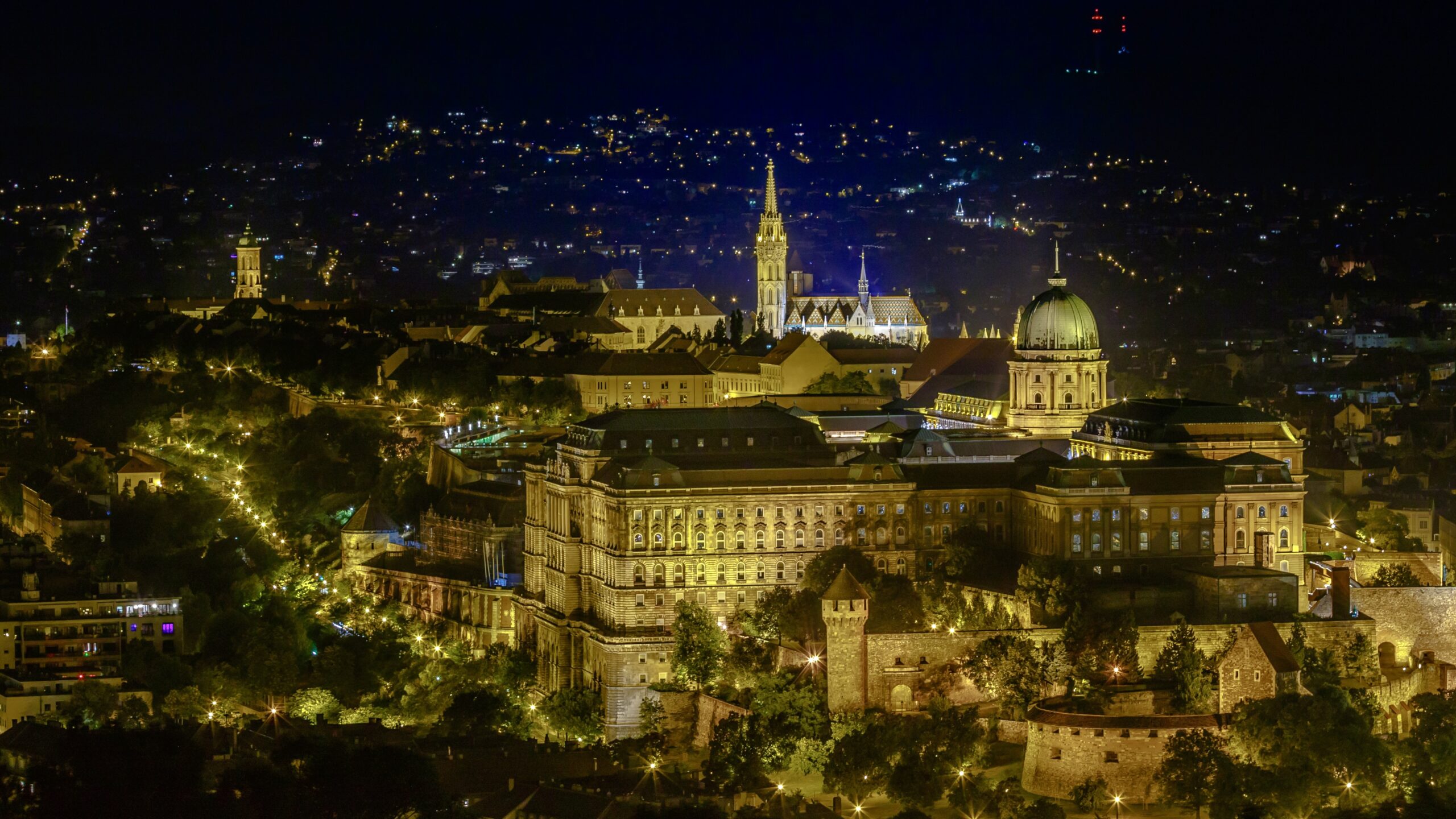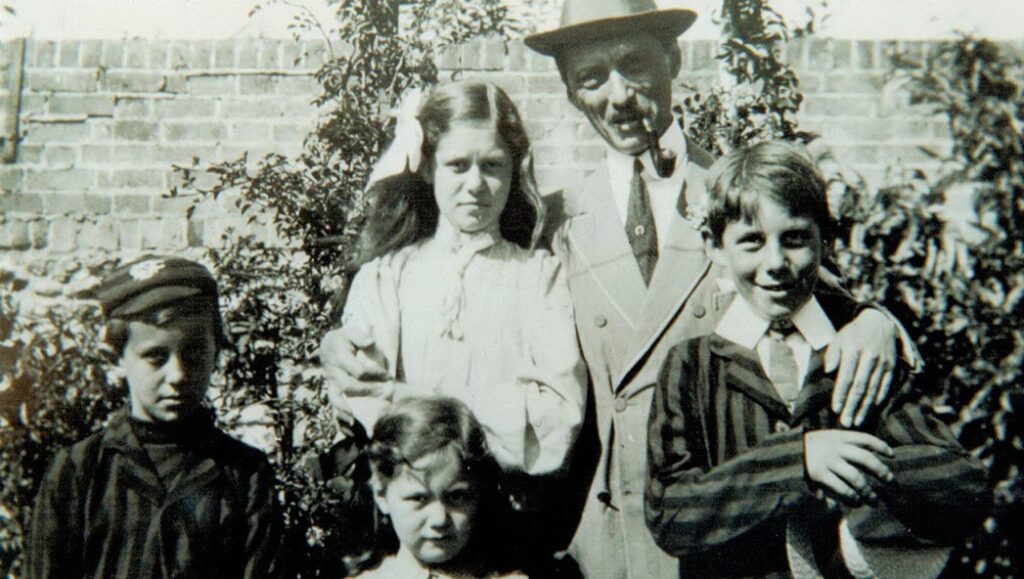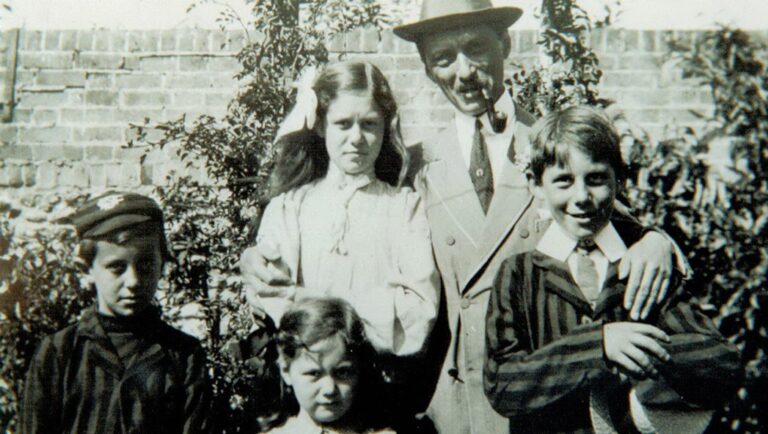The ambitious Hauszmann Programme, aimed at restoring the historic Buda Castle District to its former grandeur, has reached a significant new phase, according to the Government Information Centre (KTK). Several landmark buildings have now been reconstructed in their original architectural style, further revitalizing one of Budapest’s most iconic areas.
Following the restoration of the Várkert Bazaar, the Guardhouse, the Royal Riding Hall, the St Stephen’s Hall, and the Carmelite Monastery, additional historic structures have been meticulously rebuilt. Among them is the former Royal Hungarian Ministry of Finance building, located next to Matthias Church, which will now house the Ministry of the Interior. Meanwhile, on Dísz Square, the former Red Cross headquarters has been completely reconstructed and will soon become the new home of the Prime Minister’s Cabinet Office.
The 120-year-old Ministry of Finance building underwent a full-scale restoration, reviving one of Budapest’s architectural masterpieces on Trinity Square. The Neo-Gothic palace had remained in a damaged state for decades after suffering severe bomb damage during World War II and later alterations under the communist regime.
Similarly, the former Red Cross headquarters, originally designed by architect Alajos Hauszmann, has been reconstructed from the ground up. Once serving as the Hungarian Royal Ministry of Foreign Affairs from 1920, the building was destroyed by wartime bombings and later demolished in 1946. Its reconstruction restores a long-lost piece of Budapest’s historical landscape. The structure, located next to the Carmelite Monastery, will house the Prime Minister’s Cabinet Office from February onwards.
The Buda Castle restoration project is far from over. Several ongoing renovations are transforming the district, including the full-scale reconstruction of the Budavári Palace. Other major projects include the restoration of the Archduke Joseph Palace and the former Honvéd High Command building, which will become the new home of the Military History Institute and Museum.
Alongside these architectural restorations, the surrounding castle gardens, slopes, promenades, and parks are also being renewed. In 2026 the northern wing of the Palace will host an extensive exhibition on the history of the royal palace.
Beyond its historical significance, the restoration of the Buda Castle District is expected to have a lasting impact on Budapest’s tourism and cultural life. Many of the newly restored buildings will serve as cultural venues, drawing both locals and international visitors. In recent years Budapest has frequently topped global tourism rankings, further solidifying its reputation as one of Europe’s most captivating cities.
Related articles:







